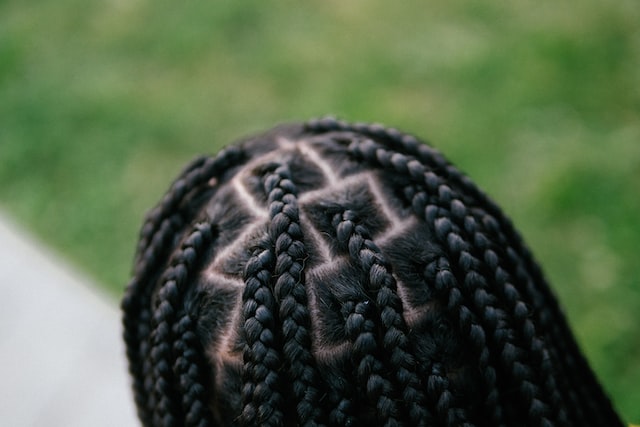Fulani braids are a beautiful and cultural hairstyle originating from West and North Africa, particularly in countries like Ethiopia, Senegal, and Nigeria. The style is known for its intricate braiding patterns and incorporation of beads, cowrie shells, and other embellishments. With a rich history and cultural significance, Fulani braids have become a popular trend in recent years. Celebrities and fashion icons sporting the style on red carpets and on social media.
Ethiopian Fulani Braids
In Ethiopia, It is known as “Poeda” and is a traditional hairstyle among the Oromo and Amhara people. The braids are typically styled in cornrow patterns with beaded extensions and are often decorated with gold, silver, or colored beads. In Ethiopian culture, the hairstyle is associated with wealth and status and is often worn on special occasions such as weddings and religious celebrations.
The History of Fulani Braids
The Fulani people are a nomadic ethnic group found across West and North Africa. The Fulani braids hairstyle is believed to have originated among Fulani women and has been passed down through generations. The intricate braiding patterns and incorporation of decorative elements. Beads and shells are said to symbolize the cultural and spiritual beliefs of the Fulani people.
In addition to cultural significance, have practical benefits. The braids protect the hair from the harsh African climate, while also allowing the women to carry out their daily activities without their hair getting in the way.
How to Style.
Fulani braids are typically styled in cornrow patterns, with extensions added to create a fuller and more elaborate look. The braids can be styled in a variety of patterns, from simple to complex, and can be decorated with beads, shells, and other embellishments. To achieve the traditional Fulani look. Braids are often styled with a central part and finished off with decorative elements at the ends.
When it comes to maintenance, Fulani braids can last for several weeks with proper care. To extend the life of the braids, it is important to keep them moisturized with a light oil or leave-in conditioner. It is also recommended to sleep with a silk scarf or bonnet to protect the braids while you sleep.
Fulani Braids as a Fashion Trend
Fulani braids have become a popular trend in recent years, with celebrities such as Beyoncé, Zendaya, and Tracee Ellis Ross sporting the style on red carpets and social media. The trend has sparked a renewed interest in cultural and historical significance, with many embracing the style as a way to honor and celebrate their heritage.
However, it is important to note that cultural appropriation is a sensitive issue. Wearing Fulani braids should be done with respect and understanding of the cultural significance of the hairstyle. It is always best to seek the guidance of a knowledgeable stylist who can help you achieve the look while also honoring the culture.
Conclusion
Fulani braids are a stunning cultural hairstyle with a rich history and significance. From Ethiopia to Nigeria, the braids are a symbol of cultural identity and are cherished for their intricate braiding patterns and decorative elements. Whether you’re looking to embrace your heritage or simply want to try a new hairstyle, Fulani braids are a beautiful and versatile option. With proper care, they can last for several weeks, allowing you to enjoy this stunning hairstyle for an extended period of time.

